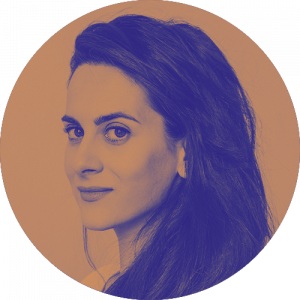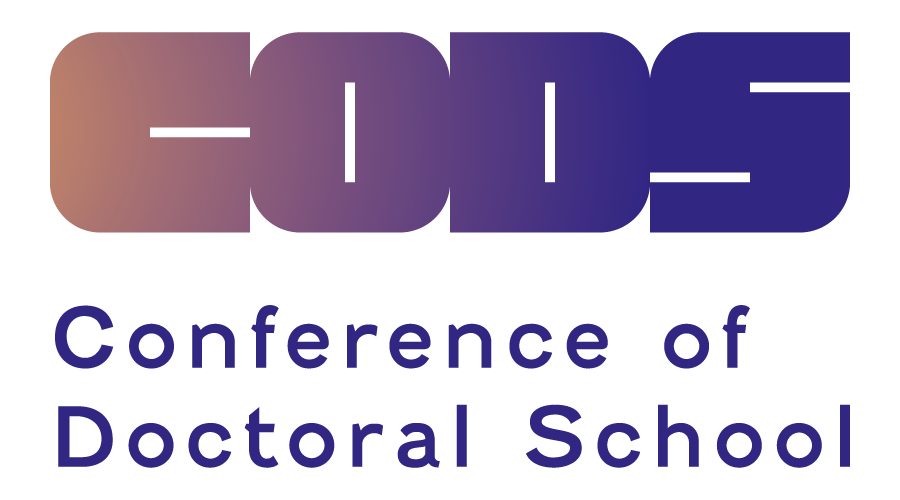
Katarzyna Feiglewicz-Peszat
PhD Candidate, Doctoral School, Jan Matejko Academy of Fine Arts in Cracow
BIO
Katarzyna Feiglewicz-Peszat, b. in 1989 in Jordanów, currently lives and works in Kraków. A graduate of painting at the Academy of Fine Arts in Krakow. In her works, she explores various forms of ambiguous, ephemeral spaces. Recent projects are attempts to visualize / materialize the space of the language (sign language – PJM) and consider it in the context of visual arts (performance, painting, drawing). For her, the study of sign language is also an attempt to find forms of intermedia communication and artistic, poetic forms of dialogue between the Deaf and hearing communities. He co-creates the Migawka Foundation, which includes Deaf people in the space of visual arts.
Two-time winner of the Scholarship of the Minister of Culture and National Heritage, winner of the BWA Award in Zielona Góra and the Creative Scholarship of the City of Krakow, winner of the Honorary Distinction during the 4th Review of Young Art Fresh Blood, winner of the competition for the project implemented during the artistic residency at Fljótstunga Artistic Residency in Iceland.
Selected exhibitions: (solo) „Widzę ludzi, bo gdy chodzą, dostrzegam ich niby drzewa”, Galeria Zielona, Łódź, „Ujawnione”, BWA, Zielona Góra, „Pejzaż”, theGreenroom, Kraków. (group) „PHOTOGRAPHIC MEMORY”, MOS, Kraków, „URL/IRL LOVE”, Muddy Yard Space, Londyn, „Floating City”, Cracow Art Week KRAKERS, Sarego 10, Kraków, „Presence and nature”, Biblioteca Viva Egaña, Santiago, Chile, „Verbindung – Powiązania”, Galerie QQArt, Hilden.
Abstract
Sign space – sign in space. Sign language as a spatial language of visual arts.
The subject of the speech will be my current artistic and research activities regarding the analysis and interpretation of space in sign language (Polish Sign Language – PJM), including PJM in the discourse of visual arts. The main goal of my research work is to build timeless and cross-cultural interpersonal communication using art (sign languages, interdisciplinary activities), communication that would use the opportunities offered by sign language – a language that, due to its somatic nature, can be universal .
During the speech, I will present the main research tools that I use in my work. These include: analysis and visual interpretation of the spatiality of sign language (PJM) using painting, drawing, photography, video and spatial objects; creating a specific kind of „semantic performance” (video-performance); the use of motion capture methods and the description of space (cartographic methods) in poetic and interpretive terms; learning sign language; workshop cooperation with Deaf performers and a sign language interpreter; theoretical consultations and cooperation with specialists in particular fields (linguistics, anthropology, performance studies).
Keywords: sign language, PJM, signing space, space in the visual arts, the performativity of language, sign space.
